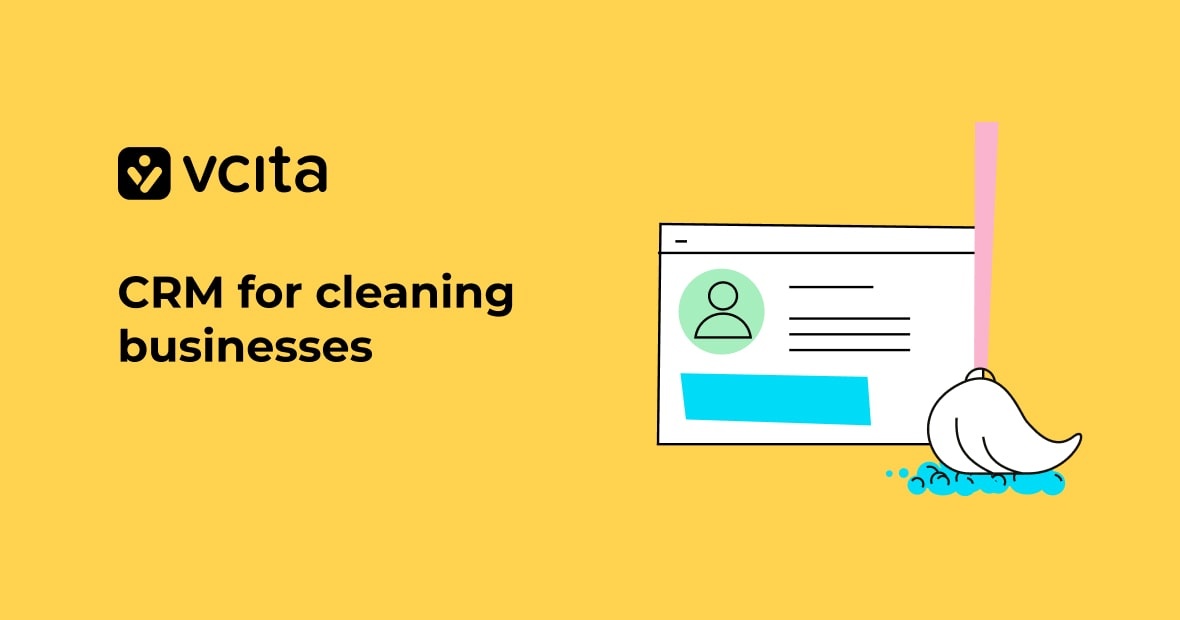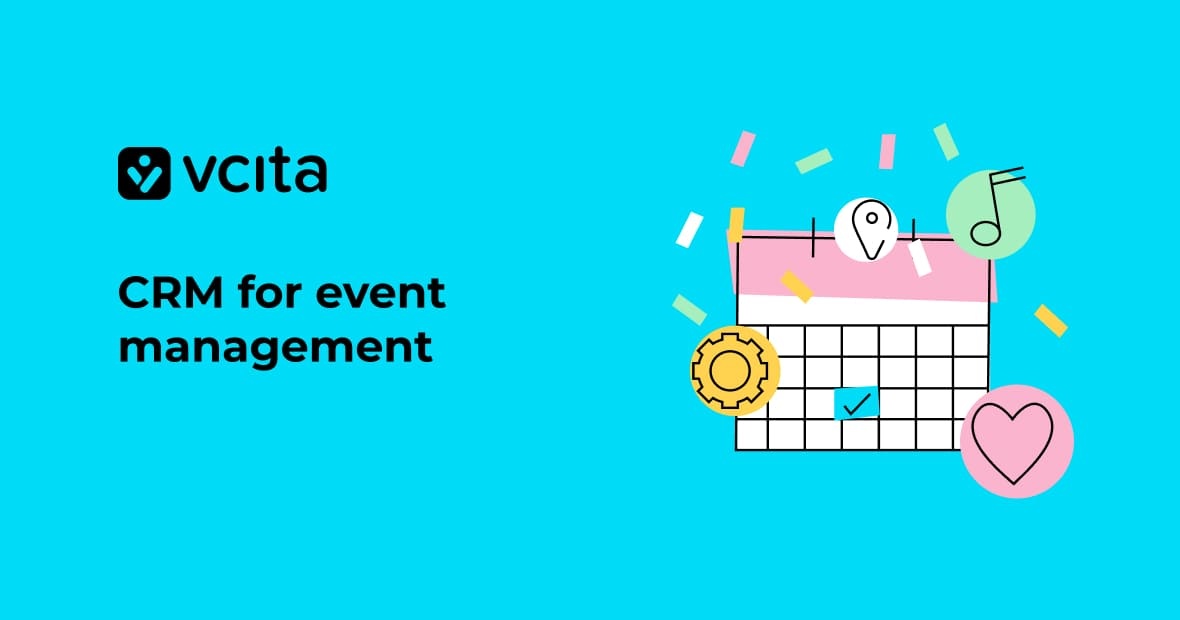To handle all the relationships and interactions your business has with its clients and prospective clients, you need to deploy CRM. In case you weren’t sure about what a CRM is, it’s short for ‘customer relationship management’, and includes all the strategies, tools, and techniques utilized in developing, growing, and retaining customer relationships.
When CRM is mentioned, it is often in the context of a CRM system, platform, or software solution. Software solutions that specialize in CRM allow their business users to achieve client relationship goals by identifying, tracking, and managing their clients.
A CRM system can do any of the following and more:
- Keep all client data in a single place
- Track service problems
- Assist in marketing campaign management
- Help identify sales opportunities
What are the different types of CRMs?
Today there are different types of CRM software and each one is designed to focus on specific areas in managing client-business relations. That said, these types share some similarities and the lines between them are sometimes blurry since many platforms incorporate and combine elements of different CRM categories.
These solutions can usually be divided into three fundamental types of CRM: operational, analytical, and collaborative.
What is an operational CRM?
An operational CRM solution focuses on simplifying and streamlining business processes. It achieves these goals through automation, which takes care of all the repetitive and mundane tasks a human client service representative might find tiring and boring. This way, your employees can focus on other, more enjoyable tasks at hand where they can put their full skill set to better use.
Operational CRM tools can be further divided into subgroups based on their primary focus, which can be sales, inbound marketing, or full client lifecycle.
For instance, those CRM tools that focus on inbound marketing aim to automate processes such as content distribution, email campaign coordination, and mass client communication.
The CRMs that focus on streamlining sales typically cover responsibilities such as tracking sales calls, email scheduling for leads, rotating leads, delegating contacts, scheduling meetings with prospects, and more.
Finally, the full client lifecycle is covered by cloud CRM systems that automate processes facilitating one-on-one correspondence between clients/prospects. These activities include delegating tasks to customer support agents, coordinating live chats, installing chatbots, and creating inboxes to aggregate client emails – among others.
Example of operational CRM
A good example of an operational CRM solution is EngageBay. It provides a set of robust operational CRM features, such as predicting lead scoring, client segmentation, smart lists, and omnichannel marketing – through its powerful dashboards. As such, it supports straightforward and easy client engagement, interactions, and retention.
Example of CRM with focus on sales
Placing the primary focus on sales, Pipedrive is an example of a tool that sales representatives can use to automate tedious activities in different, customizable sales stages. It achieves this through its banner feature that provides your employees with details such as deal value, suggested actions, close probability, and so on.
Example of CRM with focus on inbound marketing
An example of an inbound marketing-focused CRM is HubSpot. Hubspot has an assortment of features that automate relevant processes. These features cover deals pipelines, up-to-date client information, client interactions via email, social media, website, phone, and more. This way, the platform provides businesses with meaningful insights into marketing campaigns and opportunities.
Example of CRM for full client lifecycle
NetSuite is one of the best examples of an operational CRM solution focusing on a full client lifecycle. It provides a detailed overview of the related business processes, automating them with constant data flow pouring from all stages of the client lifecycle. As such, it allows you to provide your clients with a personalized experience every step of the way.
What is an analytical CRM?
An analytical CRM solution mostly deals with data gathering, its management, and analysis. In other words, it tracks client data from multiple sources, consolidates and analyzes it to highlight certain patterns in their behavior that might elude a human analytic. The relevant client data analyzed includes client behavior, contact information, and preferences – just to name a few.
Thanks to these insights, businesses can plan and modify their strategies to improve client support and service, design better marketing campaigns, and bring in new leads. As such, analytical CRM software can also assist in sales prognosis, pipeline analysis, and budgeting.
Example of analytical CRM
One of the examples of an analytical CRM is Zoho Analytics, focusing on helping businesses make smarter decisions based on real-time analytics and the tracking of key performance indicators (KPIs). It collects and aggregates massive amounts of raw data, turning it into actionable insights and dashboards filled with existing trends and forecasts for the future.
What is a collaborative CRM?
Also called a strategic CRM, a collaborative CRM software synchronizes client (and other relevant) data to one place, where it’s visible and accessible by all of your employees. This data includes clients’ appointment history, service requests, communications and interactions, notes, as well as data pertaining to marketing, services, and sales.
Synchronizing all this data across departments allows your client support representatives (and others) to work together on addressing your clients’ needs, interests, and wants more efficiently. It is especially useful to businesses spread across multiple locations, those employing multiple teams, and those depending on cross-department interaction.
Example of collaborative CRM
Copper is a solid example of a collaborative CRM tool that stores all client interaction and deals’ data in a single place from where everyone in your business can see it. It is ideal for small businesses that rely heavily on collaboration and require a CRM platform that is easily understood by employees with different levels of technical expertise.
Bonus: All-in-one CRM
Aside from the platforms in the above categories, there are CRM tools that combine operational, analytical, and collaborative features into one practical and comprehensive platform. As such, they provide businesses with the all-in-one functionality they require.
One of the best examples is vcita’s CRM. This all-in-one solution, part of the wider business management ecosystem, provides all the CRM features from all the above-listed categories on the go, whenever and wherever you need them. This includes contact management, lead labeling, detailed client history (appointments, payments, invoices, conversations, documents, and so on), collaboration and automation options – you name it.
It’s all available on any device you need.
And that’s not all. You’re also getting many features that are unique for a CRM platform. For instance, you’ll also get extras such as client scheduling, reminders, invoicing and billing, as well as automatic payment collection and processing.
Which one to opt for – operational, analytical, or collaborative?
Every type of CRM software has its advantages, and any business has a lot to gain from incorporating them. Nevertheless, some of these solutions may suit your organization’s needs better than others so you should first understand what these needs are in your case.
If you need to automate your client support, sales, and marketing processes, then an operational CRM is the way to go. Should you require a better understanding of your client data, look no further than an analytical CRM. If you want your business processes to synchronize across the entire organization, then a collaborative CRM is your best choice.
However, if you require all of the above, then you know what to do. Pick an all-in-one CRM system that will equip your business with all the capabilities it needs for successful client relationship management – and you’re good to go.





